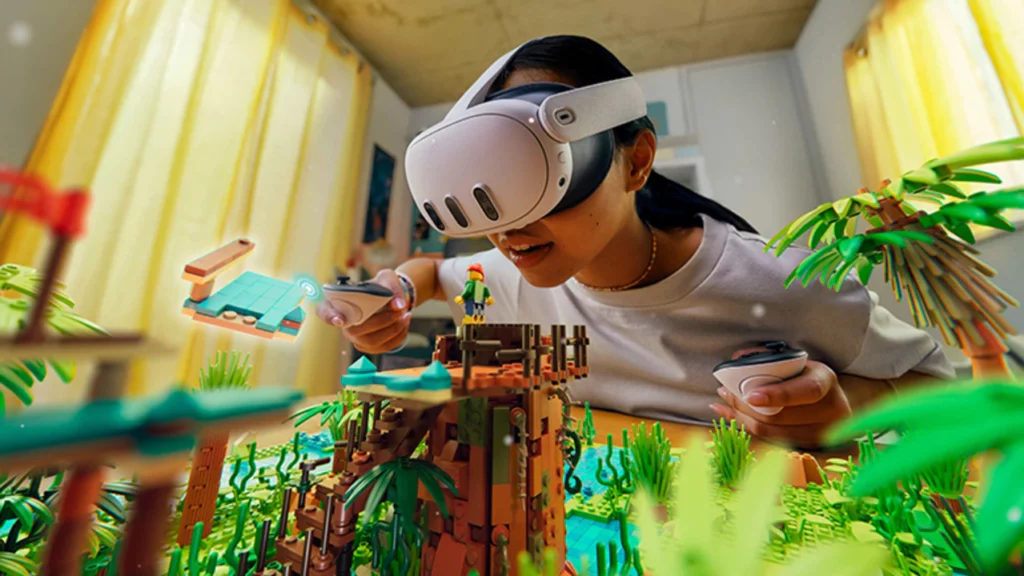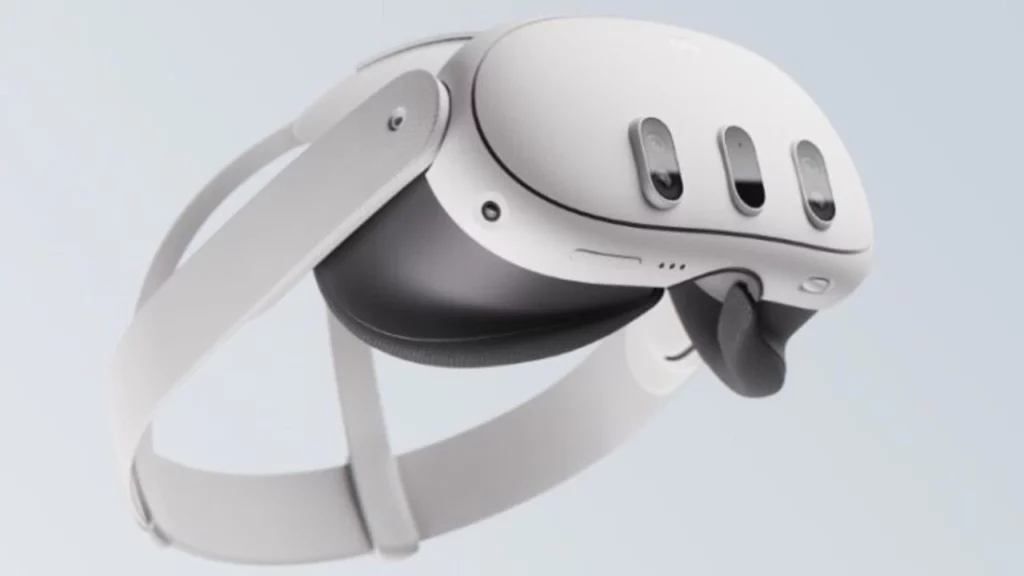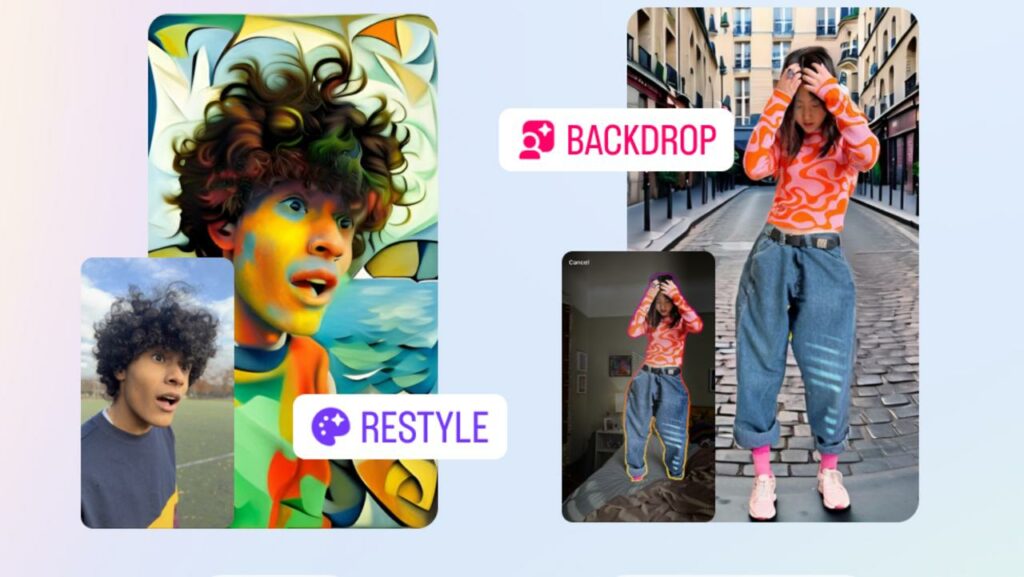Mark Zuckerberg, the CEO of Meta (formerly Facebook), sent shockwaves through the tech world with a series of groundbreaking announcements at the Meta Connect event held in Menlo Park, California. The event unveiled Meta’s vision for the future, showcasing a fusion of reality and technology that promises to redefine the way billions of people interact with the digital realm.

Meta Quest 3: Bridging Realities
The star of the show was undoubtedly the Meta Quest 3, a quantum leap in mixed reality technology. Building upon the success of the Meta Quest 2, this new headset redefines the boundaries between the physical and digital worlds. Using innovative Passthrough video processing, the Quest 3 seamlessly overlays virtual objects onto your real environment. This means you can engage in a wide array of activities, from playing virtual soccer in your living room to enjoying an immersive theater experience or sitting courtside at an NBA game – all from the comfort of your home.
One exciting upcoming feature is the permanent installation of virtual elements in your living space. Imagine decorating your shelves with virtual trophies or adorning your walls with artifacts from your favorite games. You can also integrate interactive music players and gaze at the stars above. The Quest 3 effortlessly toggles between virtual reality and augmented reality with a simple double tap.

Under the hood, the Quest 3 packs a punch with the Snapdragon XR2 Gen 2 platform, doubling its processing power for enhanced graphics and performance. The headset itself is sleeker and more balanced, ensuring a comfortable fit. With improved controllers and hand tracking capabilities, you have the option to use direct touch for a more immersive experience. Plus, there’s a range of new color options to choose from. The Quest 3 is set to hit the market on October 10, with a competitive price tag of $799.99, positioning it as a strong contender in the spatial computing headset market.
Meta’s Chief Technology Officer, Andrew Bosworth, didn’t hesitate to assert that the Quest 3 represents the “best value spatial computing headset on the market,” clearly taking a shot at competitors like Apple’s Vision Pro, which comes with a considerably higher price tag.

Ray-Ban – Meta Smart Glasses Collection: A Glimpse into the Future
Meta is also venturing further into the realm of smart glasses in collaboration with EssilorLuxottica. The next-generation Ray-Ban – Meta smart glasses are equipped with cutting-edge hardware and a game-changing feature – live streaming capabilities. Moreover, these stylish glasses are set to understand your environment using AI, answering questions and providing assistance, particularly beneficial for individuals with vision impairments.
Enhancements in image processing, video stabilization, and faster performance make these glasses a true technological marvel. Voice commands are now at your disposal, allowing you to perform tasks like taking photos and sending them to friends through voice-activated commands like, “Hey Meta, send a photo to Heidi.” All of this can be accomplished without reaching for your phone.
The recording capabilities have been significantly upgraded, thanks to a five-microphone array that provides immersive audio for reliving moments in surround sound. Hands-free calling is now crystal clear, even in noisy environments, thanks to this new microphone setup.
The speakers themselves have undergone a complete redesign, featuring custom speakers that deliver a higher maximum volume, double the bass, and improved directional audio to maintain your privacy during conversations. To top it off, there are two new styles available, including the classic Wayfarer design and the retro-inspired Headliner.

The Ray-Ban – Meta smart glasses collection is slated to launch on October 17, with a surprisingly affordable price point of $449.
In conclusion, Meta’s Meta Connect 2023 event has unveiled a future where technology seamlessly blends with our reality. The Meta Quest 3 and Ray-Ban – Meta smart glasses collection represent bold strides towards an era of mixed reality and augmented experiences that promise to transform the way we engage with the digital world. As Meta continues to push the boundaries of what’s possible, the tech industry and its users eagerly anticipate the exciting developments yet to come.

Emu AI: Transforming Visual Communication
Meta’s Emu AI is poised to revolutionize content creation within its suite of apps. This innovative AI software enables users to generate high-quality, photorealistic images in seconds, eliminating the need for costly subscription-based software. Emu’s initial focus is on custom AI stickers, allowing users to create unique stickers on the fly by simply typing in their desired concept. This feature will soon roll out across Meta’s apps, enhancing communication and expression for billions of users.

Restyle and Backdrop: Redefining Visual Content
Meta is also introducing two game-changing products, Restyle and Backdrop. Restyle harnesses AI to apply custom filters to photos, enabling users to transform images effortlessly. Collaborative AI image creation is also possible, fostering artistic exploration among friends. Backdrop takes it a step further by allowing users to seamlessly change the location or context of their photos. All these AI-generated images will be clearly marked to indicate their AI origin, ensuring transparency and distinguishing them from human-generated content.








